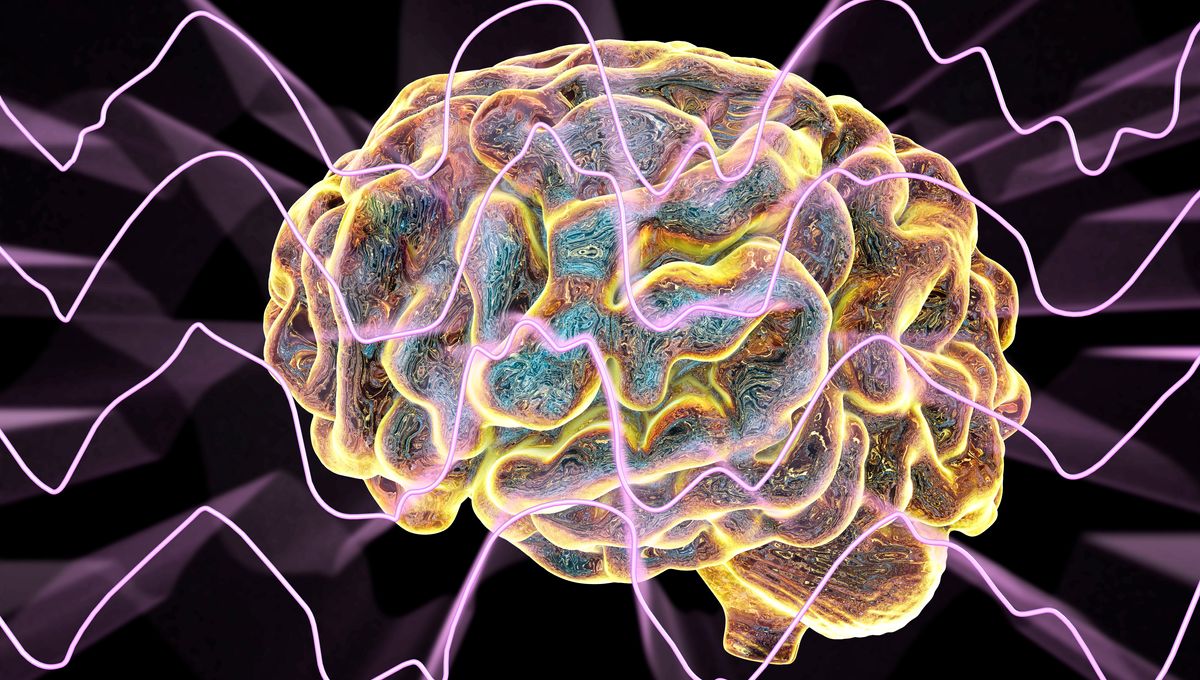
An intriguing new hypothesis suggests that electric fields generated by neurons in the brain could, in turn, be influencing its molecular infrastructure, allowing our brains to functionally adapt to the world around us. Bringing together evidence from their own and other labs, the authors present their theory as an explanation of how high-level thought processes can emerge from a concert of millions of individual cells.
The brain is made up of scores of neurons, which connect together into larger circuits and networks. Synapses – the junctions between two neurons – are formed in their millions during early life, and then pruned as the brain’s functions are refined over time. The actual transmission of information along these networks happens through rhythmic waves of electrical activity, what many people think of as brain waves.
These waves are what doctors are detecting when they perform electroencephalography (EEG), and waves of different frequencies are associated with different functions – for example, some wave patterns are only seen while we are asleep.
Co-author Earl K. Miller, of the Picower Institute at MIT, recently published a paper suggesting that the brain engages in what was termed “spatial computing”. By manipulating brain rhythms in particular regions of the cortex, the brain can keep track of a number of different components within its working memory, allowing us to complete complex tasks that require the juggling of multiple pieces of information.
This new paper goes a step further, combining this research with other work to posit the theory of cytoelectric coupling.
“The brain adapts to a changing world,” explained first author Dimitris A. Pinotsis in a statement. “Its proteins and molecules change too. They can have electric charges and need to catch up with neurons that process, store and transmit information using electric signals. Interacting with the neurons’ electric fields seems necessary.”
There’s already evidence that electric fields can impact neurons at the molecular level. Ephaptic coupling is a form of communication between neurons that does not rely on chemicals moving across a synapse, nor electric charge flowing through a gap junction – rather, it’s the electric field generated by one neuron that influences the neighboring cells.
Therefore, knowing that the brain carries information via the electric fields it generates, and knowing that these fields can affect how neurons function and work together, the authors reason that the brain could use these properties to help maintain and control neural networks.
The theory speaks to the layers of activity that exist within the brain, and how the top layer – electric waves across regions of the brain – trickles down to influence the bottom layer – the protein molecules that mediate the functioning of individual neurons.
“Electric fields can organize neural activity to form neural ensembles (engrams) used for memory and cognition. This information transmitted to the molecular level via electric fields can “tune” the cytoskeleton for efficiency, stability and enable cognitive flexibility,” the authors write in their paper.
At present, this is all just theory. But the researchers have laid out the logical grounds for their idea, and now challenge others to take up the baton.
As Miller puts it: “We’re offering a hypothesis that anybody can test.”
The Perspective article is published in Progress in Neurobiology.
Source Link: Cytoelectric Coupling: How Brain Waves Sculpt The Structure Of The Mind